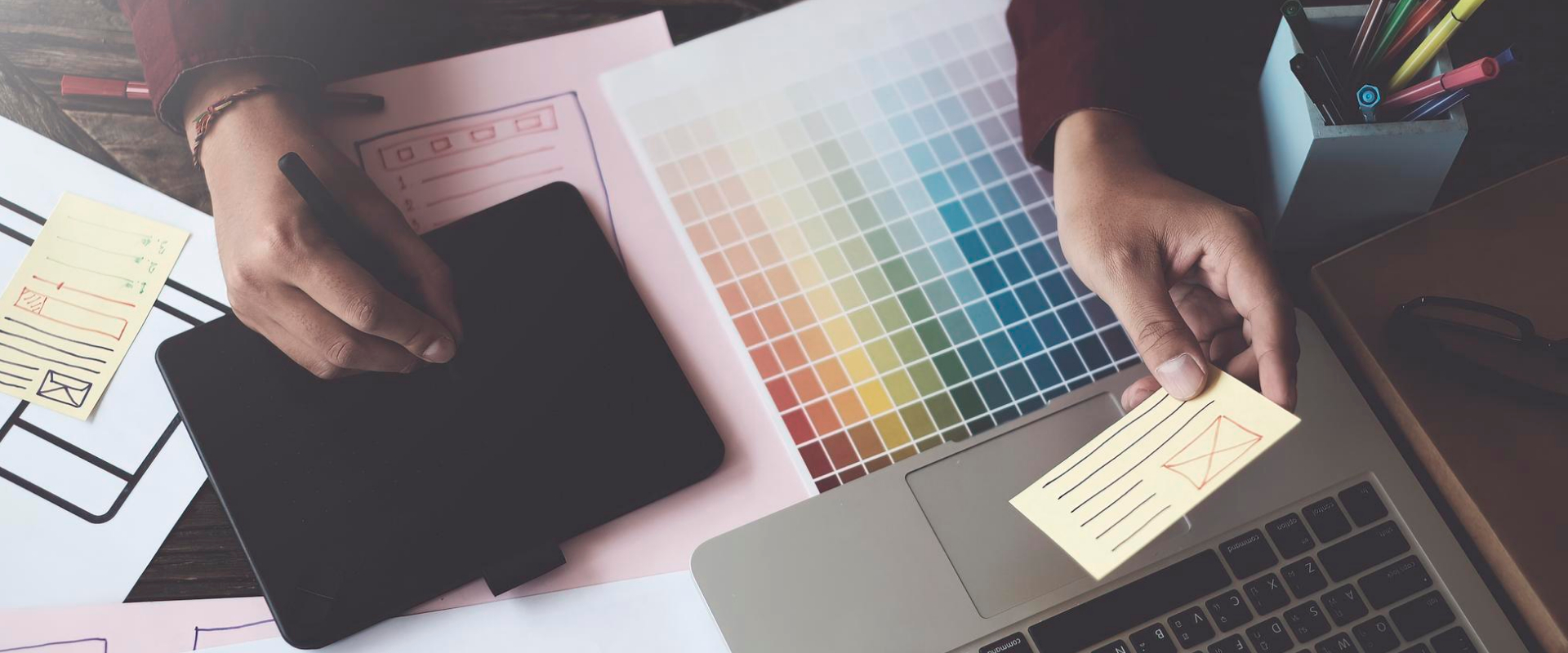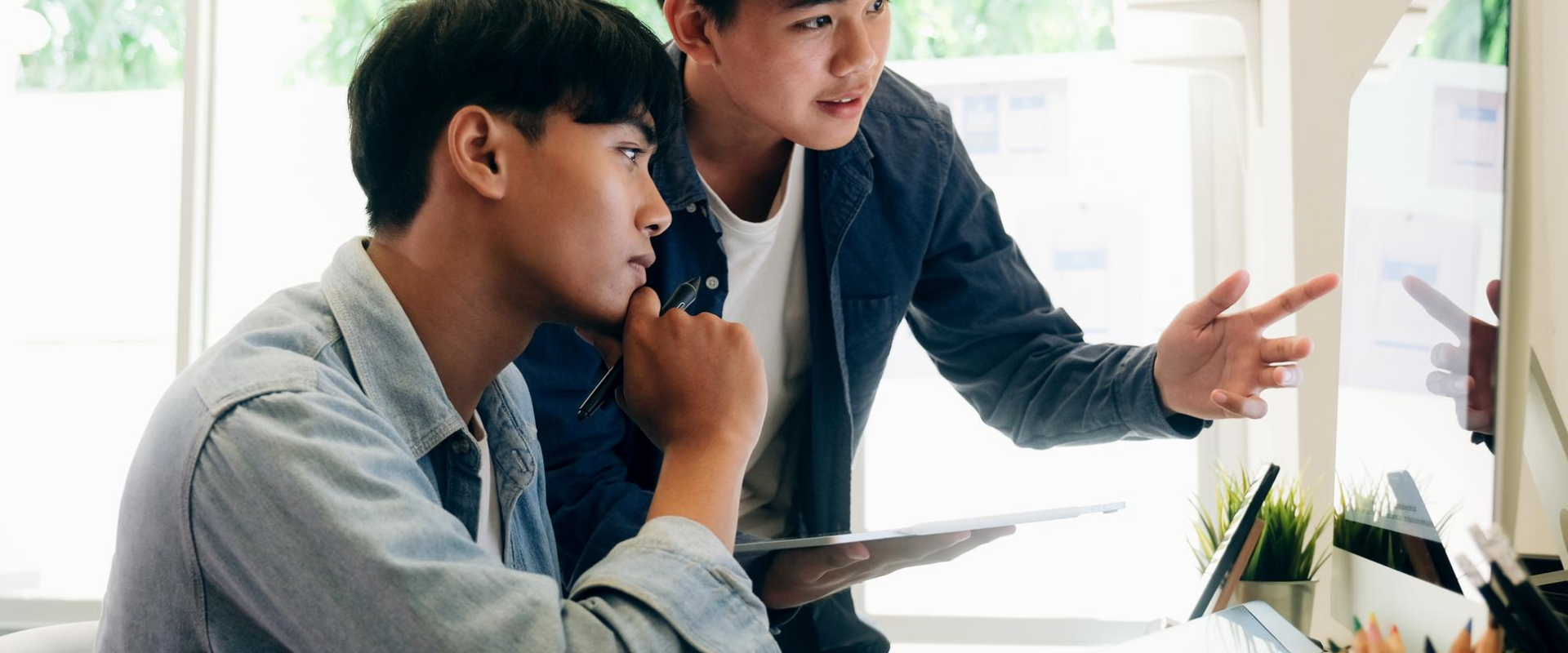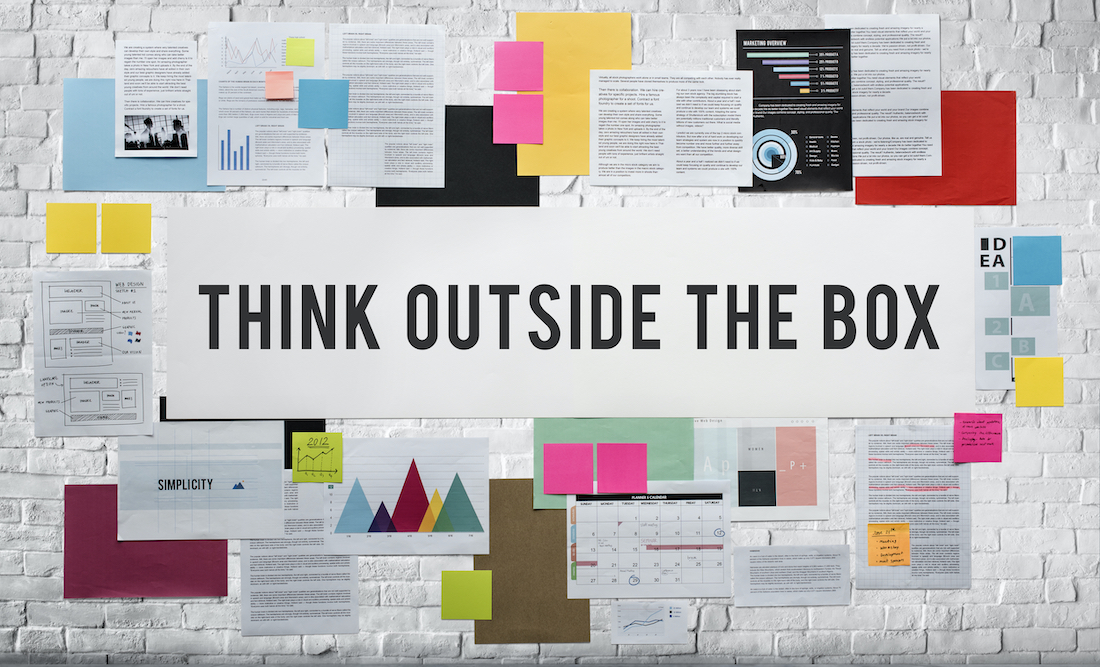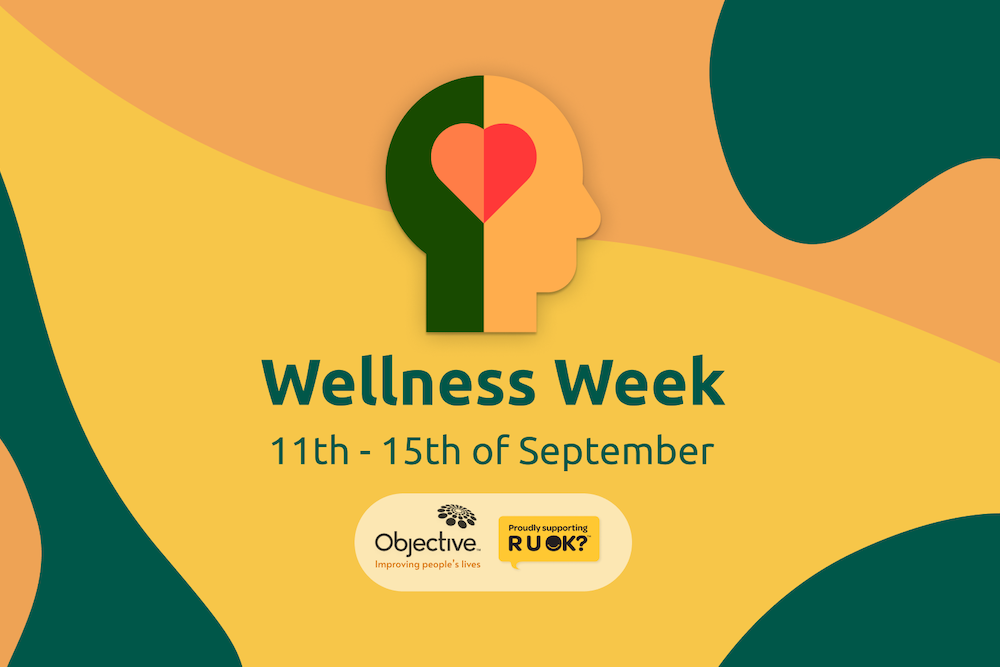You and your team have been working on your product for a while now and it is ready to go live. You’re all excited! (But also a little nervous at the same time.) You have done everything you could to ensure that the product will sell itself, but what if it doesn’t?
What happens then?
While it’s impossible to know every possible use case for your application or how people will react when they first interact with it, there are ways to test these assumptions before actually releasing them.
Usability testing is a way to understand how users interact with your product.
It gives you insights into what they like or dislike and their overall experience with your product or service. If done right, usability testing can save you from investing money in developing a product or service that people may not use.
It is no secret that usability testing is a valuable part of the design process. However, there are times when even the most seasoned UX designers need to take advantage of user feedback.
Today, we will discuss how you can start doing your tests, what usability testing methods to use, and why it should be an integral part of your business.
What is the purpose of Usability Testing?
Only by testing your product with the users, you can learn how easy or difficult it is for people to use your solution and services. The results of such tests can help your team make informed decisions on the necessary changes to make within your product based on the insights you have gathered from your testing sessions with participants.
Usability testing can be done when your team wants to explore certain areas such as:
1. Uncover usability problems and areas of opportunity
By testing your product with users, you can uncover issues that obstruct users from being able to use your product to accomplish tasks and uncover valuable input and observations from users which could lead to areas of opportunity for your product and service.
2. Understand how well users can use your product to meet their needs
Whether it’s testing out new features or improving existing ones, learning how users use and navigate your product will enable your team to make informed decisions when prioritizing what areas of improvements must be made to deliver a better user experience.
3. Identify what users feel and think when using your product
The user’s thought process and emotions when using a product are key to delivering a solution that aligns with the needs of your customers.
Learning what scenarios your users are in when they use your solution, how they feel when using your product, and digging into why they make their decisions will allow your team to position themselves better when building a solution as they have a clear idea of what the user experience looks like.

How many usability tests you should do?
In general, you can consider doing a usability test with 2 to 5 users before launching your product, releasing new features, or updates that impact the user experience.
Usability testing can be conducted at various stages of development intermittently, for incremental improvements. This can be done on different types of fidelities such as:
- Low fidelity prototypes: From paper or digital-based wireframe sketches to printouts, which help to give a rough overview of the design, are given to participants to test;
- Medium fidelity prototypes: Participants will test out a prototype with colour where only some parts are functional;
- High fidelity prototypes: Highly functional, as close as the true representation of the product, and;
- Live prototype: Testing your design in real-world conditions with your fully launched product or service to know how your design works in practice.
Ideally, usability testing should be an ongoing process in the entire product development process. This will help you and your team create a better experience for your customers. By testing early and often, you’ll be able to catch problems before launch and fix them before they affect how customers interact with your products.
Usability Testing: Types of Usability Testing
The type of usability testing approach you use can depend on the situation or context of your product. Usability testing can be conducted on a website, mobile app, or physical product. Depending on what you’re working on, you may want to conduct the testing remotely or in-person, with a moderator asking users questions or letting users attempt tasks on their own unsupervised. Following that, the type of data you want to collect can also help you make the informed decisions you need whether it revolves around understanding your users or measuring a hypothesis.
Moderated and unmoderated
Moderated Usability Testing: In this type of test, the user interacts with someone known as a moderator while they perform a set of tasks on your product. Moderators are here to facilitate the testing sessions with users by interacting with them and asking questions to probe into the user’s thought processes.
The moderator can be someone from your team, preferably in a UX Researcher role as they should know how to formulate the questions to be asked and facilitate sessions with users to ensure that research goals are met. Alternatively, you can outsource for an experienced moderator with us to help you conduct the testing and collect the data your team needs.
Unmoderated Usability Testing: In this type of usability test, users complete tasks at their own pace without any interference from moderators and stakeholders within the company. This method of testing provides the participant with a lot of freedom to test a product at their own time and place.
Remote and in-person
Remote Usability Testing: These sessions take place remotely with the participant and moderator interacting with one another in a virtual call, with the participant sharing their screen for the moderator to observe how they interact with a product.
It’s worth noting that whilst remote test environments can be a little risky simply due to a lack of control, it’s our experience that in the overwhelming majority of cases they have more upside than down.
Participants are generally more relaxed and open in their surroundings, using their own devices and arguably more likely to behave more naturally than they might do in a lab setting. It can generally be cheaper to run overall because incentives for participants can be less than in-person rates, there are no room rental costs or requirements to provide refreshments.
In-person Usability Testing: The location of these sessions can vary depending on the needs of the project and product. Ideally, you want to be positioned in a conducive environment with little to no distractions to allow your participants to focus on using the product, and moderator if there is one.
Qualitative and Quantitative
The difference between these two is defined by the type of data that you want to collect. Qualitative data is often analyzing textual data, whereas quantitative is simply quantifying, and measuring numeric data.
Qualitative Usability Testing: Usability Testing is often conducted to obtain qualitative information, about what users say, do, think, feel, and the reasons for these things. Ultimately, you use qualitative data to uncover the “why”.
Quantitative Usability Testing: This is where you conduct testing to quantify how many users can complete a task, how many issues faced a particular issue, and how users would rate your feature or their experience on a scale. You use quantitative data to uncover the “who”, “what”, “where”, “when”, “how”
In your testing, you can always collect a mix of qualitative and quantitative data to obtain a more holistic understanding of the problem.

Various steps of the remote usability testing process
Within a UX Research project, the usability testing process has several steps.
Recruitment
You may be recruiting your participants or using a recruiting service like our Research Network services in APAC.
It’s important to make sure you understand which tools you’ll be using to communicate with the participant and which tools you’ll be using to communicate with observers before you start recruiting.
Pay particular attention to installation requirements for any software participants may need to use and their compatibility with operating systems or browsers so that you can include all of your software and hardware requirements in your initial screener.
Ideally, you’ll also want to have determined your scenarios and tasks for the session so that you can understand a few things.
For example, whether you’ll need the participants to complete any pre-work, have anything with them like photos or examples, or have access to a second screen or printed stimulus during the session.
Planning scenarios and tasks
Administering tasks in a remote setting is a little more complicated and requires more planning than in-person testing. It will depend on the tool you’re using.
You want to make sure the participant can process the scenario and /or task and depending on how your study is structured there will be more than one way to manage it.
Tasks should Ideally be delivered one at a time; in person, you can do this by handing the participant a written task and asking them to read it aloud to ensure that they have read the complete task. Remotely you don’t have this option, here’s what we do:
- If you’re using a screen-sharing tool with a chat feature, you can simply deliver task instructions one at a time through the chat and ask the participant to read aloud.It’s best to have them visible on your second screen along with any links so you can quickly copy and paste them.
- If your screen-sharing tool doesn’t have a chat function, provide participants with a document with a numbered list of tasks (the document should begin with a blank page and each task should appear on a separate page).The benefit is that you can still ask the participant to read aloud to ensure they have read the entire task and that they will be able to easily refer back to it in case they forget.The downside is that you won’t be delivering the tasks one at a time and if you want to avoid priming for subsequent tasks it’s unlikely you’ll be able to prevent participants from reading the full document before testing even if you ask nicely.It’s also best to make sure participants have a second screen or can print the document and have it ready for the session so that they’re not distracted or flustered by having to switch screens during the session.
- If you’re restricted by the study or tool limitations, you can read each task to the participant.Make sure you remind them that it is not a memory test and they can ask you to repeat it at any time if they forget or are unsure of the details.Make sure you keep all of the tasks and scenarios on hand so that you’re able to repeat them when necessary without losing time.

Choosing a test environment
As a moderator, the test environment can be the most intimidating aspect of remote usability testing because, unlike in-person testing, you have very little control of where the participant will be when they connect to the session.
A good recruiter will be able to screen and prepare your participants to make sure they have access to the right software, hardware and a strong and stable internet connection.
They will also clarify that the participant has access to and understands that they need to be in a quiet and private space with good lighting and minimal background noise or distractions during the session.
Performing a ‘tech check’ 1-2 days before the session can help to verify that participants have everything they need to participate and they can use the tools. It’s also beneficial to help them feel comfortable using the tools before the session.
It’s worth noting that whilst remote test environments can be a little risky simply due to a lack of control, it’s our experience that in the overwhelming majority of cases they have more upside than down.
Participants are generally more relaxed and open in their surroundings, using their own devices and arguably more likely to behave more naturally than they might do in a lab setting.
It can generally be cheaper to run overall because incentives for participants can be less than in-person rates, there are no room rental costs or requirements to provide refreshments.
On top of that, the convenience of a remote connection reduces the dropout rate and it allows us to recruit participants from a much broader geographical pool without incurring travel time and expense.
Dry run and observers
You’re probably used to doing dry runs for in-person usability testing sessions and realise that it’s a no-brainer to do them for remote sessions as well.
Aside from having all of the same benefits like helping you to refine your process, facilitation, tasks, scenarios, technology, time management etc. it’s a great opportunity to give your observers a chance to get comfortable with the observation software.
You can use the dry run to develop a brief for observers which includes how to install and use the software, observer guidelines e.g. they must remain on mute, and how to communicate with the moderator during the session.
And a list of scenarios and tasks as well as what to watch out for during the testing.
Moderating a remote session
Understanding that there are some nuances to moderating a remote session can help you be prepared to keep it running smoothly.
For instance, during an in-person session when you need to interrupt a participant there are a few ways to do it that can feel natural, in a remote setting a sound or a gesture won’t do it, often the best way can be to simply say their name, so make sure you know how to pronounce it correctly.
You may do this already for in-person testing because it’s polite and it helps build rapport, the same is true for remote testing as well but you’ll quickly realise how much more often you’ll need to use the participants’ names and it’s better for everyone if you get it right!
Most importantly, accept that things will go wrong and have plans in place to manage them so that you won’t jeopardise the research.
Especially when using moderated usability testing tools for mobile be aware that you will always be dealing with stability issues because it’s no small ask of a software provider to thoroughly support every type of mobile device.
Operating systems can automatically update overnight, prototypes and apps have bugs, firewalls can be aggressive, wi-fi can fail and servers can crash.
Build in a little extra session time for troubleshooting tech issues and make sure you recruit at least one backup.
Having a plan B for both your observers and your participants will help you keep your cool when it does go wrong so you can get it back on track and feel confident about the insights you’ll uncover.
Those are some of our tips, we hope you’ve found something handy to help you feel confident running your own remote usability testing sessions.
Let us know about your remote testing experiences and any great advice you can share.

What type of usability testing report do you need?
At Objective Experience, we offer a range of report types depending on your business and research objectives.
Lean Report
This is a lightweight usability test report providing a summary of key insights, and actionable recommendations that your team can consider implementing. The report focuses on critical issues within your product while providing possible solutions to overcome them. The report is usually up to 10 pages long.
Agile Report
These reports are designed to complement your agile sprints. It includes an overview of key problems, a full analysis of your product based on areas tested with users, and actionable recommendations to help your team create informed solutions that help users overcome challenges and improve their experience. This report can range from 40 to 60 pages.
Full Report
The full report provides full coverage, transforming every piece of raw data into valuable information. You can expect in-depth details on all levels of findings and observations no matter how severe, and actionable recommendations that may allow your users to overcome these issues. This report can range from 40 to 100 pages, and sometimes beyond.
Full Tailored Report
The full tailored report is fully specific to your needs as a client. Not only does it provide the full coverage of the full report, but it can also be tweaked and customized to your needs. Simply let us know what you expect out of the report and we can generate one that fully aligns with your requirements. This report can range from 40 to 100 pages, and sometimes beyond.

Usability Testing and its effect on your business
Usability Testing helps you understand your users better, which makes it easier to create products that people want to use. The benefits of testing often include:
1. Reduced development costs for new features & improvements
It is often a time-consuming and expensive mistake to invest resources and manpower to develop a fully functional and robust solution only to find out later on that a good number of the features incorporated are not needed, or that no one can use your product to meet their needs.
Mistakes like these can be avoided by testing your solution early in the form of sketches, wireframes, or prototypes. By doing so, you can uncover the value of your solution and where you may need to pivot if need be.
2. Overcome design debates
Deciding on a design that works best for the user can often be a problem that leads to long and unproductive design debates.
However, the solution to ending them can be as simple as testing design options with real users to see what might work better for them. Chances are, you might even discover a better solution is available beyond the options tested.
3. Improve your understanding with customers/users
Testing your product with your customers can allow you to understand what users do, and why.
By testing with customers/users, you can obtain a deeper understanding of what they need, and create a more tailored solution. The outcome of this can help increase customer satisfaction and loyalty as your team builds towards a solution that improves how easy it is for users to perform tasks on your site or app.
How Usability testing will benefit your business?
By conducting usability testing, you can gain insights into your customers, their needs, and how they interact with your product. Usability testing will not only help you improve the design of your product but also make sure that it is easy for customers to use.
It helps increase conversion rates by making websites more usable and easier to navigate through than competitors’ websites — especially on mobile devices where screens are smaller than desktop monitors and touchscreens require extra steps when navigating between pages (i.,e., tapping links).
Your business will benefit from usability testing in many ways:
- It helps you understand what customers want from your products or services. This allows you to create better products that meet customer expectations
- Identify crucial usability issues to fix before releasing your product to the public
- Identify areas of opportunity to incorporate improvements
- Assess the usefulness of features before allocating time, resources, and manpower to developing a fully functional product
Usability testing is one of the best ways to know whether or not your website, app or any other digital product is easy to use for your users. It’s also a way for you to find out what problems users face when using your product and how you can improve upon them. That will help you build an effective customer experience and ultimately gain more customers.
Reach out to us if you have any questions.
I articulate the vague and bring simplicity to the complex.
Experienced in applying UX research & design to improve B2B and B2C products within corporate and start-up environments. As a UX Consultant, I help teams across industries reduce worry and build confidence when shipping new solutions to users.







